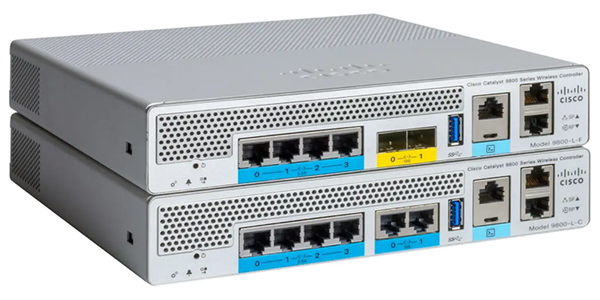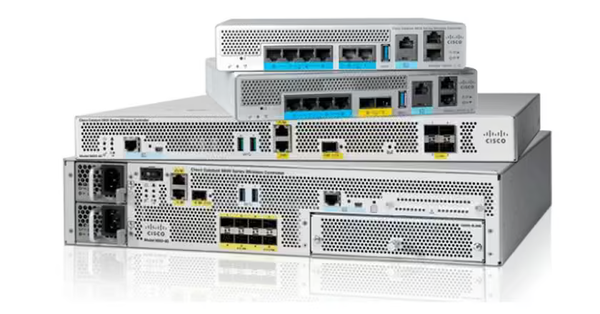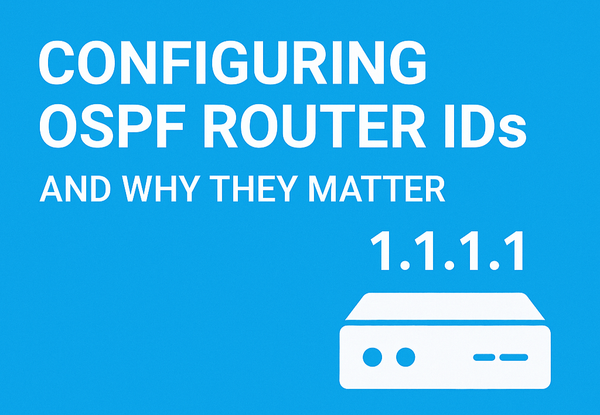CISSP Domain 1: Integrity Essentials You Need for the Exam
For professionals aiming to become Certified Information Systems Security Professionals (CISSP), mastering Domain 1—Security and Risk Management—is foundational. Among the core principles discussed within this domain, Integrity stands out as crucial. Integrity ensures that data and systems are accurate, reliable, and protected from unauthorized alterations, providing trustworthiness to all stakeholders involved. This blog post will unpack integrity, its importance, real-world applications, and exam tips to boost your preparation.
What Exactly is Integrity?
Integrity, in information security, refers to maintaining and ensuring the accuracy and completeness of data and systems throughout their lifecycle. Simply put, integrity makes sure that information remains unchanged unless intentionally and correctly modified.
Real-World Analogy: Think of integrity as the tamper-evident seal on a bottle of medication. If the seal is broken or damaged, you know the medication could have been compromised. Similarly, digital integrity ensures information is secure from unauthorized changes, guaranteeing data's trustworthiness.
Why Integrity Matters
In any business or organization, decisions rely heavily on accurate and trustworthy data. Here's why integrity is critical:
- Compliance: Many industries have strict regulations (e.g., HIPAA, GDPR, SOX) that mandate the integrity of sensitive data.
- Operational Efficiency: Decisions based on incorrect data can lead to business disruption, financial losses, and compromised strategic planning.
- Trust and Reputation: Maintaining data integrity is key to customer and partner confidence, influencing brand reputation and market position.
How Integrity is Maintained
Organizations employ several techniques and practices to ensure data integrity, including:
- Hashing: Using cryptographic hashes to detect unauthorized changes.
- Access Controls: Implementing strict permissions so only authorized personnel can modify data.
- Version Control: Tracking changes and allowing rollback to previous states.
- Audit Trails: Keeping detailed logs of who accessed or modified data and when.
- Redundancy: Maintaining backups and recovery procedures to restore integrity if compromised.
Key Integrity Concepts for the CISSP Exam
When preparing for your CISSP exam, understanding the nuances of integrity is vital. Here are key points to focus on:
1. Data Classification:
- Integrity heavily depends on how data is classified and managed according to its sensitivity.
- CISSP tests your understanding of implementing appropriate integrity controls for various data classification levels.
2. Threats to Integrity:
- Be familiar with common integrity threats, such as unauthorized modification, accidental data corruption, malware attacks, and insider threats.
- Understand preventive, detective, and corrective controls that mitigate these threats.
3. Integrity Verification Methods:
- Hash functions (e.g., SHA-256, MD5)
- Digital signatures for authentication and non-repudiation
Exam Tip: Expect scenarios where you're asked to choose the best integrity controls or verify integrity breaches.
Real-World Integrity Failures
Understanding real incidents can enhance your grasp of integrity concepts. Notable examples include:
- Banking Industry: Financial institutions employ rigorous integrity checks to prevent transactional fraud. A failure in these integrity controls can lead to serious financial losses and regulatory penalties.
- Healthcare Sector: If patient records lose integrity, treatments based on altered or incorrect data can endanger lives and violate compliance regulations such as HIPAA.
CISSP Integrity Best Practices
To implement effective integrity controls, consider the following best practices:
- Regularly update and patch systems to protect against known vulnerabilities.
- Implement robust access management and least privilege principles.
- Conduct frequent audits and monitoring to detect and respond quickly to integrity breaches.
- Utilize cryptographic measures to verify data authenticity and accuracy.
- Establish clear incident response procedures for integrity breaches.
Summary
Remember to:
- Grasp the key concepts and threats to integrity.
- Be clear on techniques like hashing, digital signatures, and access controls.
- Understand the consequences of integrity failures.
With this foundational knowledge, you're well on your way to mastering CISSP Domain 1 and confidently moving towards certification success.


